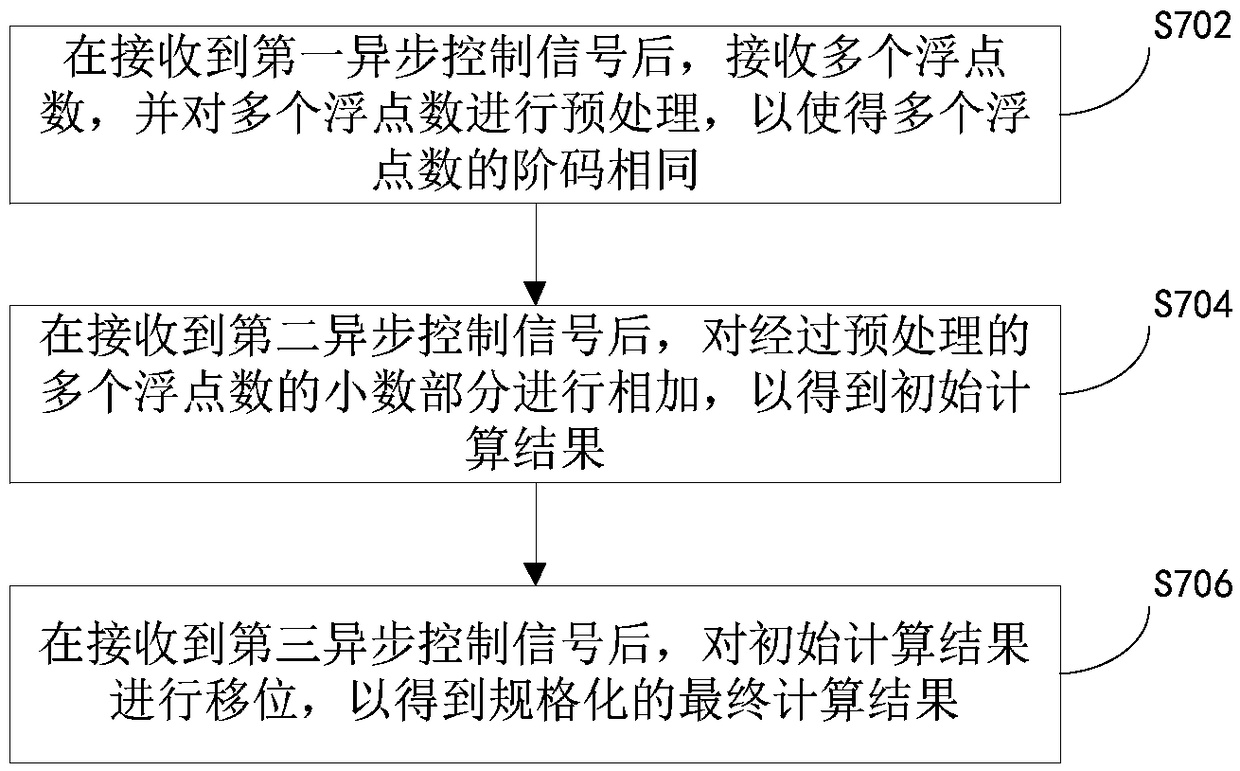Floating-point number adder and floating-point number addition method based on asynchronous control
An asynchronous control, floating-point number technology, applied in electrical digital data processing, digital data processing components, instruments, etc., can solve the problems of waste of power consumption, self-contained battery, power consumption, etc., to achieve good electromagnetic compatibility, reduce The effect of running power consumption and improving operation speed
- Summary
- Abstract
- Description
- Claims
- Application Information
AI Technical Summary
Problems solved by technology
Method used
Image
Examples
Embodiment Construction
[0050] In order to further explain the technical means and effects of the present invention to achieve the intended purpose of the invention, the following is a specific description of an insulation detection circuit, insulation detection method and charging control method proposed according to the present invention in conjunction with the accompanying drawings and preferred embodiments. Embodiments and their effects are described in detail below.
[0051] The embodiment of the present invention provides a floating-point number adder based on asynchronous control, such as Figure 4 As shown, the floating-point number adder includes: a docking shift module, an addition module, a normalization shift module and a plurality of asynchronous control modules.
[0052] Among them, multiple asynchronous control modules are connected into an asynchronous control chain structure, and different asynchronous controllers can interact with each other in the form of handshake (that is, in sig...
PUM
 Login to View More
Login to View More Abstract
Description
Claims
Application Information
 Login to View More
Login to View More - R&D
- Intellectual Property
- Life Sciences
- Materials
- Tech Scout
- Unparalleled Data Quality
- Higher Quality Content
- 60% Fewer Hallucinations
Browse by: Latest US Patents, China's latest patents, Technical Efficacy Thesaurus, Application Domain, Technology Topic, Popular Technical Reports.
© 2025 PatSnap. All rights reserved.Legal|Privacy policy|Modern Slavery Act Transparency Statement|Sitemap|About US| Contact US: help@patsnap.com



